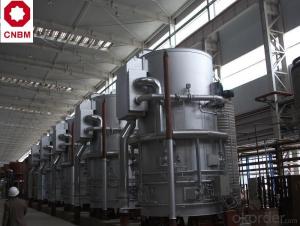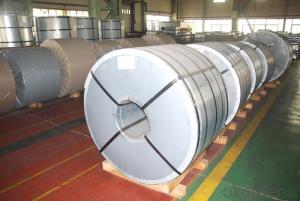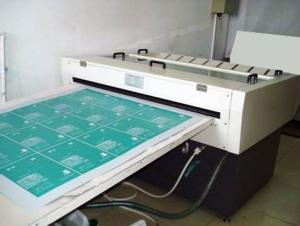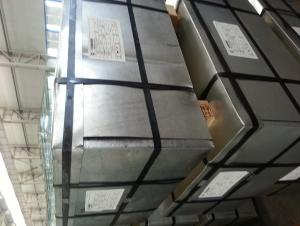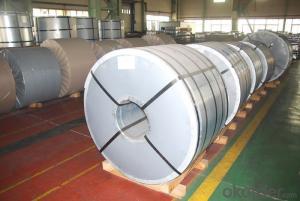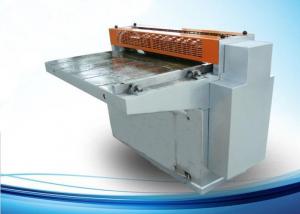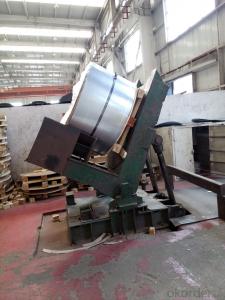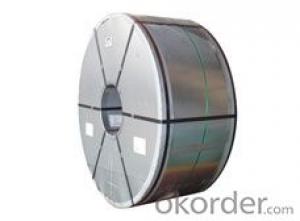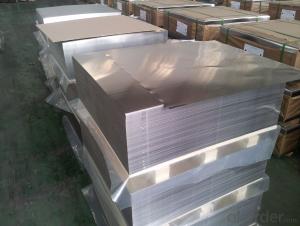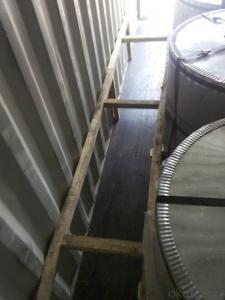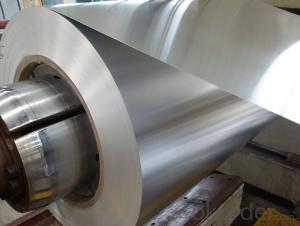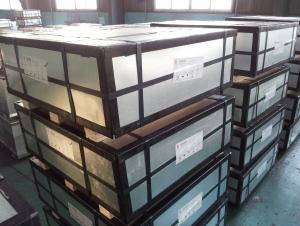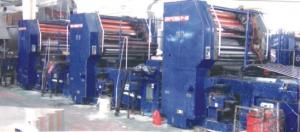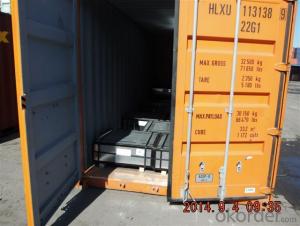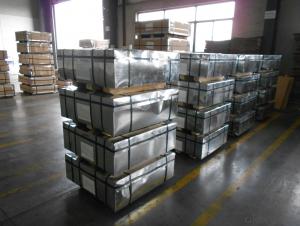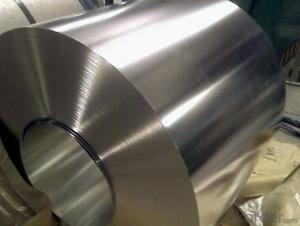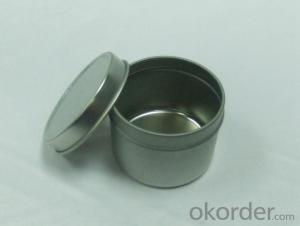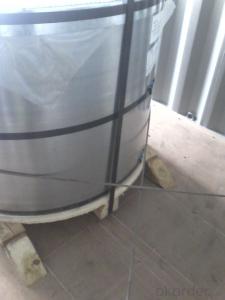Envases Tinplate
Envases Tinplate Related Searches
Envases Tinplate Sau Tinplate Packaging Tinplate Tins Tinplate Cans Printed Tinplate Tinplate Containers Printing Tinplate Tinplate Food Packaging Tinplate Printing Tinplate Products Tinplate Coating Tinplate Can Tinplate Cover Tinplate Recycling Buy Tinplate Tinplate Material Tinplate China Nse Tinplate Tinplate Production Lacquered Tinplate Tinplate Box Tinplate Layout Tinplate Sheets Printed Tinplate Sheets Italy Tinplate Tinplate Uk Printing Tinplate Sheet Tinplate Factory Tinplate Share Tinplate CollectablesEnvases Tinplate Supplier & Manufacturer from China
Envases Tinplate is a company that specializes in the production of tinplate packaging products. These products are widely used in various industries, including food, beverage, and pharmaceutical, due to their durability, recyclability, and barrier properties. They are specifically designed to protect and preserve the quality of the products they contain, making them an essential component in the packaging industry.Tinplate packaging products are utilized in a broad range of applications, such as preserving food items, storing beverages, and packaging pharmaceuticals. They are known for their ability to maintain the freshness and safety of the contents, while also providing a visually appealing and professional appearance. This makes them a popular choice for businesses looking to enhance their product presentation and ensure product integrity throughout the supply chain.
Okorder.com is a leading wholesale supplier of Envases Tinplate products, boasting a vast inventory that caters to the diverse needs of various industries. By partnering with Okorder.com, customers can access a wide array of tinplate packaging solutions, ensuring they find the perfect fit for their specific requirements. This partnership allows businesses to benefit from competitive pricing, reliable supply, and exceptional customer service, making Okorder.com the go-to source for Envases Tinplate products.
Hot Products
